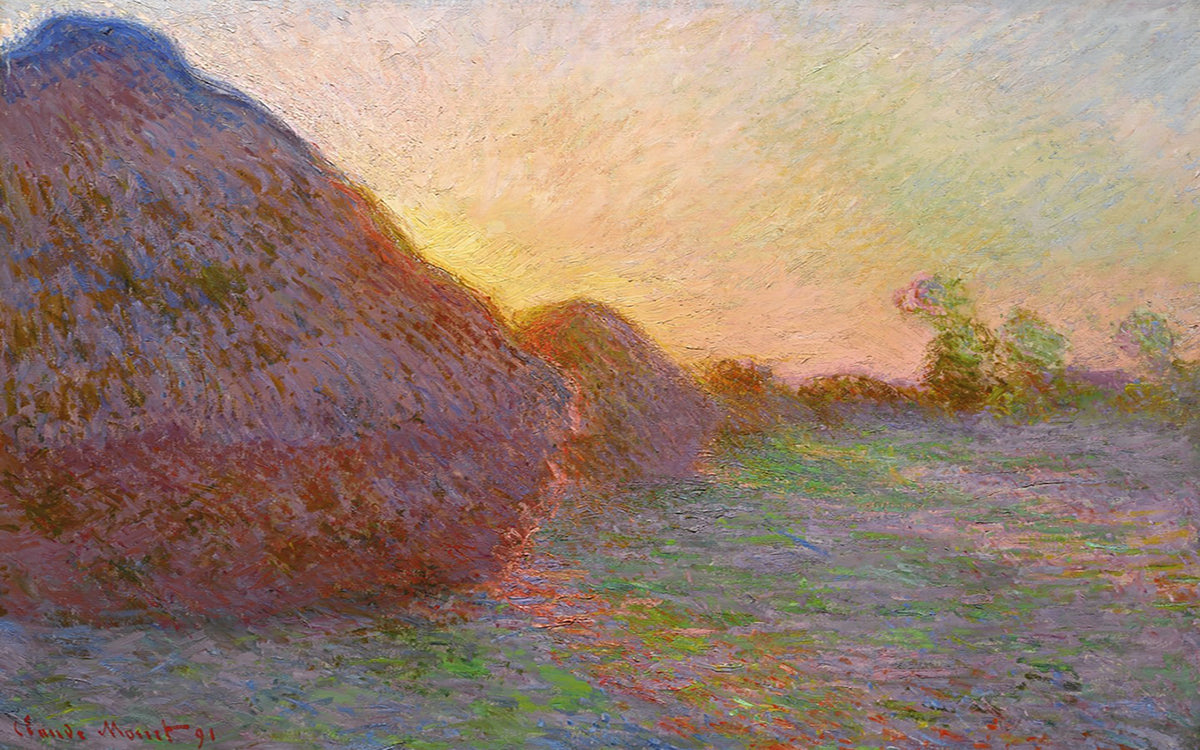
10 Reasons Why Art Education is Beneficial to Childhood Development
Culture is defined as the beliefs, customs and arts upheld in a group within society. Access to an arts education is crucial to a child’s development as it develops the child’s earliest notions of culture. For years, many have worried that schools around the globe are facing funding cuts to arts programs, while witnessing a shift in support for STEM (Science, Technology, Engineering and Math) related fields. In order to help level up arts education, we need to transform STEM into STEAM (Science, Technology, Engineering, Arts and Math).
To make the equation complete, we need to spread the message within our communities, helping society understand how crucial it is for arts education to be implemented in curricula. To help save you time researching the topic, we’ve highlighted ten ways that arts can help children understand what culture is and the fundamental skills that come with an arts education:
1. Creativity
Through arts, children can express themselves in whichever way they want! In many arts programs, instructors may ask their students to do different variations of a piece of art that may already exist. This could be in the form of taking a painting from the Renaissance such as the Leonardo da Vinci’s Mona Lisa and painting it in an expressionist manner, or taking a musical composition like Beethoven’s Für Elise and rearranging it in a different style such as hip hop.
This process is called remixing, and through these processes, children are taught to tap into their innovative side to think creatively and out of the box, in search for new ideas and concepts.
2. Cultural Awareness
Experiences that take place through the arts boost critical thinking and engages children to be careful and thorough about how to observe the world. Society overall has never been so diverse as it is now. This enables all kinds of messages and perspectives to reach and influence children. They need to critically think about them and see how they correlate to their developing world views.
 Photo by slon_dot_pics from Pexels
Photo by slon_dot_pics from Pexels
Through the arts, there is access to other cultures and their art forms, which children can contextualize into their understandings, at the same time, they are also developing an insight into other, modern, ways of being.
3. Improved Academic Performance
The arts inherent creativity and with that children learn an essential skill set for success! A report done by PBS states: “A report by Americans for the Arts states that young people who participate regularly in the arts (three hours a day on three days each week through one full year) are four times more likely to be recognized for academic achievement, to participate in a math and science fair, or to win an award for writing an essay or poem, than children who do not participate.”

4. Motor Skills
Art in many forms is hands-on. There are lots of physical motions involved in a creative process such as holding a paintbrush, scribbling with a crayon, and holding an instrument, which are all examples of a child developing their motor skills.
 Photo by Kristin Brown on Unsplash
Photo by Kristin Brown on Unsplash
The National Institute of Health states that around age three is when a child should be able to draw a circle and start using safety scissors. Around age four is when they should be able to draw a square and cut straight lines
5. Visual Learning
Through processes of drawing, reading a script, and looking at a sheet of music, children can develop visual-spatial skills.
 Photo by rawpixel.com from Pexels
Photo by rawpixel.com from Pexels
Dr Kerry Freedman, who is Head of Art and Design Education at the Northern Illinois University states that the world is much more than just text and numbers. Through processes of creating art, children can interpret, criticize and use visual information at their disposal for stylistic and aesthetic choices. Having developed a sense of visual literacy will help children and young adults navigate their way through a world that is bombarded with thousands of media messages and images by becoming smart consumers of media products and other commodities in general.
6. Problem Solving
Creative and critical thinking go hand in hand in all forms of the arts. Both sides of the brain are engaged, which happens when having to deal with a problem. Exercising both sides helps children understand that problems can have more than one solution and questions might have more than one answer.
Elliot Eisner, a Professor of Education at Stanford University states that this concept has a global scale as there are many ways to see and interpret the entire world. This view of the arts leads us away from the fact that art is only for aesthetic and provides entertainment, and parents are also able to understand that art is quite innovative.
7. Decision Making
We’ve already learned that art strengthens problem-solving and critical thinking skills, which are both a part of decision making. As artists, children have the freedom to make any choices they want when it comes to their artwork.
Questions such as: How do I express sadness in my dance routine? What colour should I paint the character’s dress? How should I play this character? or How should I change my tone to convey different emotions? are all questions an artist, and children, can ask themselves. Learning to make these decisions early on can pay off later in other areas of their life and since that skill is learned so early on, it carries over into adolescence when life can feel a little unstable at times.
8. Perseverance
Taking up and ‘mastering’ anything will be a time-consuming process. Many people have the misconception that "it can’t be very hard to draw, paint, act, play an instrument", etc. That misconception is tested when the concept of “practice makes perfect” comes into the equation.

Photo by rawpixel.com from Pexels
Children are more susceptible to feeling frustrated, and even quitting, when learning a skill doesn’t come to them right away, since all they want to want to do draw, play, sing or dance to their fullest potential. Through constant reminders that it takes time and practice, they learn that hard work and perseverance eventually pays off. This mindset is essential in higher levels of academia and in a workplace, as they will constantly be learning new skills and working through difficult processes on a journey of career development and progression.
9. Collaboration
The arts heavily rely on collaboration to make great things happen. In groups such as theatre, choir, or band, children are required to constantly work together. They are also required to share the responsibility for the work and compromise certain elements to meet a common goal among all members.
 Photo by Pragyan Bezbaruah from Pexels
Photo by Pragyan Bezbaruah from Pexels
Through collaboration, children can understand that their role in the project impacts the overall success of everyone! As adults, we know all too well that collaboration becomes fundamental in home life, the workforce and in later education.
10. Accountability
Accountability is a huge factor in the arts, especially if the work is to be completed as a group. When a child is accountable for their own part or contribution within a group they learn about responsibility and dependency. If they choose to not to participate with a performance/project, they often realize how impactful it can be to let others down and what it feels like to take ownership of such outcomes.
 Photo by Zany Jadraque on Unsplash
Photo by Zany Jadraque on Unsplash
Accountability in school and in the workforce is highly imperative if you are working in collaboration or if there is a deadline approaching. If nothing is met at the end of the day, the entire structure has fallen because they relied on the individual and all the onus is on them. Making mistakes is a part of being human, but so is learning to accept them and take ownership in order to fix them.
Start Today!
The common phrase we kept stating over and over is that art is a process and that’s because it is. Being an active participant in the arts means learning the skills and tasks that all fit into the overarching process of being creative. Becoming an active participant of the arts also means having a better understanding of culture and learning to create and appreciate visual aesthetics, which contributes to having a better understanding of the world around you!
Simple things such as going to the local museum or performing arts center with your children and attending local events centered around art appreciation are great ways to develop an early onset appreciation around art! Get a head start this summer by enrolling your child in a local arts education program, whether it be art, music, dance, theatre, all these programs contain the same benefits!
Footnotes:
Featured photo credit to Pixabay from Pexel
"Arts Integration In School: 10 Reasons Why It’s Important." www.senecaacademy.org.
"Developmental Milestones Record: Medlineplus Medical Encyclopedia." Medlineplus.gov.
Robertson, Katrin. "The Arts And Creative Problem Solving." Tidewater Family.
"The Importance Of Art In Child Development." Education.
West, Cairo. "The Importance Of Art Education In Academic And Career Success." www.cairowestmag.com.
Leave a comment
Comments will be approved before showing up.
Also in News

Turning Back Time on Turner - An Arius Technology Digital Restoration Prototype

The Art of Insuring Art: A Practical Guide for Insuring Your Art Collection


 Photo by
Photo by 
 Photo by
Photo by